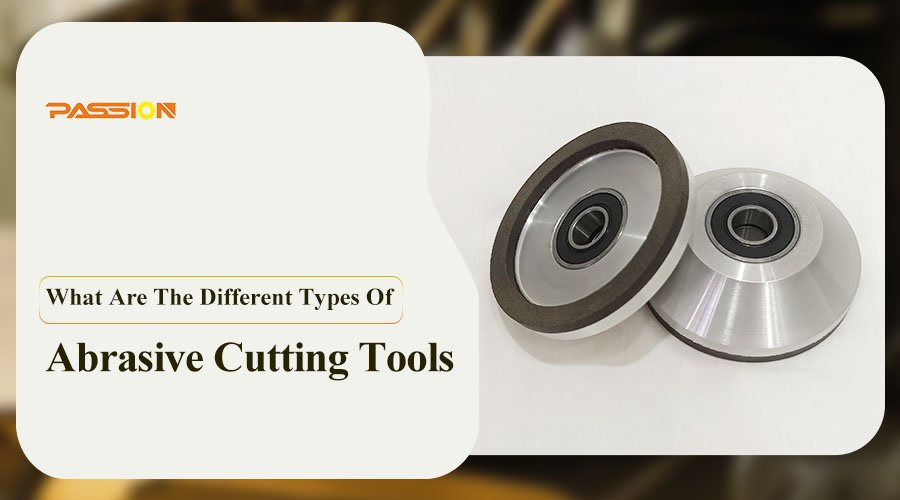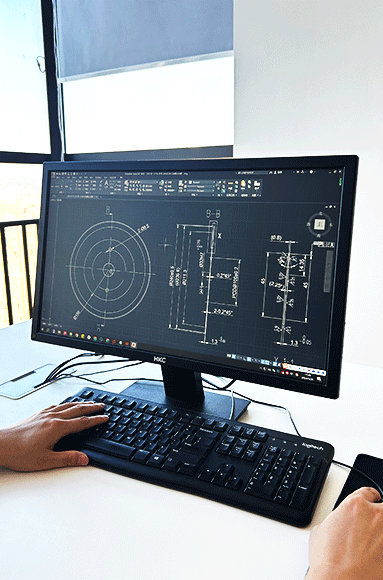Abrasive cutting tools are a must-have for industries like construction, manufacturing, and metalworking, where precision, durability, and efficiency are everything. These tools are designed to handle tough materials, giving you high precision while minimizing wear and tear. In this guide, we’ll look at different abrasive cutting tools, what makes them special, and where they work best.
What Are Abrasive Cutting Tools?
Abrasive cutting tools are designed to cut, grind, polish, or shape other materials using hard materials. Unlike regular saws, abrasive tools are great at cutting tough, hard-to-cut surfaces because they generate less heat and wear. They’re used in a bunch of different industries because they can handle metals, ceramics, concrete, composites, and more.
Types of Abrasive Cutting Tools
Abrasive cutting tools can be broken down into two main categories:
Bonded Abrasive Tools: Tools like grinding wheels and cut-off discs are in this category. They’re made by bonding abrasive grains together to make a tough, rigid surface. These tools are great for removing a lot of material, grinding, and heavy-duty cutting.
Coated Abrasives: Tools like sandpapers are in this category. They have abrasive grains stuck to a backing material. This lets you get a smoother finish and remove material more gently. You use these tools when you’re finishing a surface
Each category has its own uses, whether you’re taking off a lot of material or just polishing something up.
Diamond Cutting Tools
Properties: Diamond tools are super hard and can cut through really tough stuff like concrete, stone, and super strong metals. Diamonds are the hardest natural material, so diamond tools can make super precise cuts.
Best Uses: Diamond tools are mostly used for cutting concrete, stone, asphalt, and other really hard materials.
Why Choose Diamond Tools: These tools last a long time and don’t wear out much, so they’re great for heavy use when you need to be super precise and last a long time.
Carbide Cutting Tools
Properties: Carbide cutting tools are made from a mix of stuff, usually tungsten carbide bonded with cobalt. They’re hard, cut fast, and can take a lot of heat. They’re used a lot in stuff that goes really fast and is really heavy duty.
Best Uses: Carbide cutting tools are good for cutting metal, especially when you need to go fast and the tool needs to last a long time.
What Are The Three Types Of Abrasives?
Abrasives can be broken down into a few different categories:
1. Natural Abrasives: These are things like emery and garnet that are mined out of the ground. They’re used when you need something that’s kind of hard and will last a little while.
2. Synthetic Abrasives: These are things like silicon carbide and aluminum oxide that are made in a factory. They’re made to last longer and do specific things.
3. Bonded and Coated Abrasives: These are things like grinding wheels and sandpapers. They have abrasives stuck to them to make them stronger and do specific things.
Each type has its own special stuff that it’s good at, but synthetic abrasives are often the most versatile and do the best job.
Different Grades Of Abrasive For Cutting Tools
Abrasives are classified by grit size. The lower the number, the coarser the grit. The higher the number, the finer the grit. Here’s a quick breakdown:
Super Coarse (12, 16, 20): This is for really heavy-duty stuff like sanding a floor down to the wood.
Extra Coarse (24, 30, 36): This is for when you need to take off a lot of material really fast.
Coarse (40, 50, 60): This is for shaping and smoothing stuff out.
Medium to Fine (80-180): This is for polishing and finishing stuff up.
Picking the right grit affects how fast you go, how good your stuff looks when you’re done, and how long your tool lasts.
The Four Commercial Abrasives
Aluminum Oxide: This is a tough abrasive that’s used a lot for cutting metal and grinding stuff in general.
Zirconium: This is a really tough and heat-resistant abrasive that’s good for cutting stainless steel and other really tough stuff.
Silicon Carbide: This is a super sharp abrasive that’s good for stuff like glass, ceramics, and stone.
Ceramic: This is a really tough abrasive that lasts a long time. It’s good for when you need to do a lot of stuff.
These abrasives are made to work with different kinds of stuff, so you can get the job done right and fast in all kinds of different industries.
Choosing The Right Abrasive Cutting Tool For Your Needs
Picking the right abrasive tool depends on what you’re cutting, what kind of finish you want, and how long you need the tool to last. For example, if you’re cutting something really tough, you’d want to use a diamond blade because diamonds are the hardest thing there is. If you’re cutting metal really fast, you’d want to use a carbide blade. You have to think about how fast you’re cutting, how hard the stuff is, and how long you want the tool to last to get the best results.
Choosing an abrasive cutting tool is about matching the material type and desired finish with a tool that meets your durability and performance needs. Understanding the different abrasive types, grades, and material compatibility ensures the best outcomes in precision and efficiency, ultimately saving you time and resources in your industrial setting.



